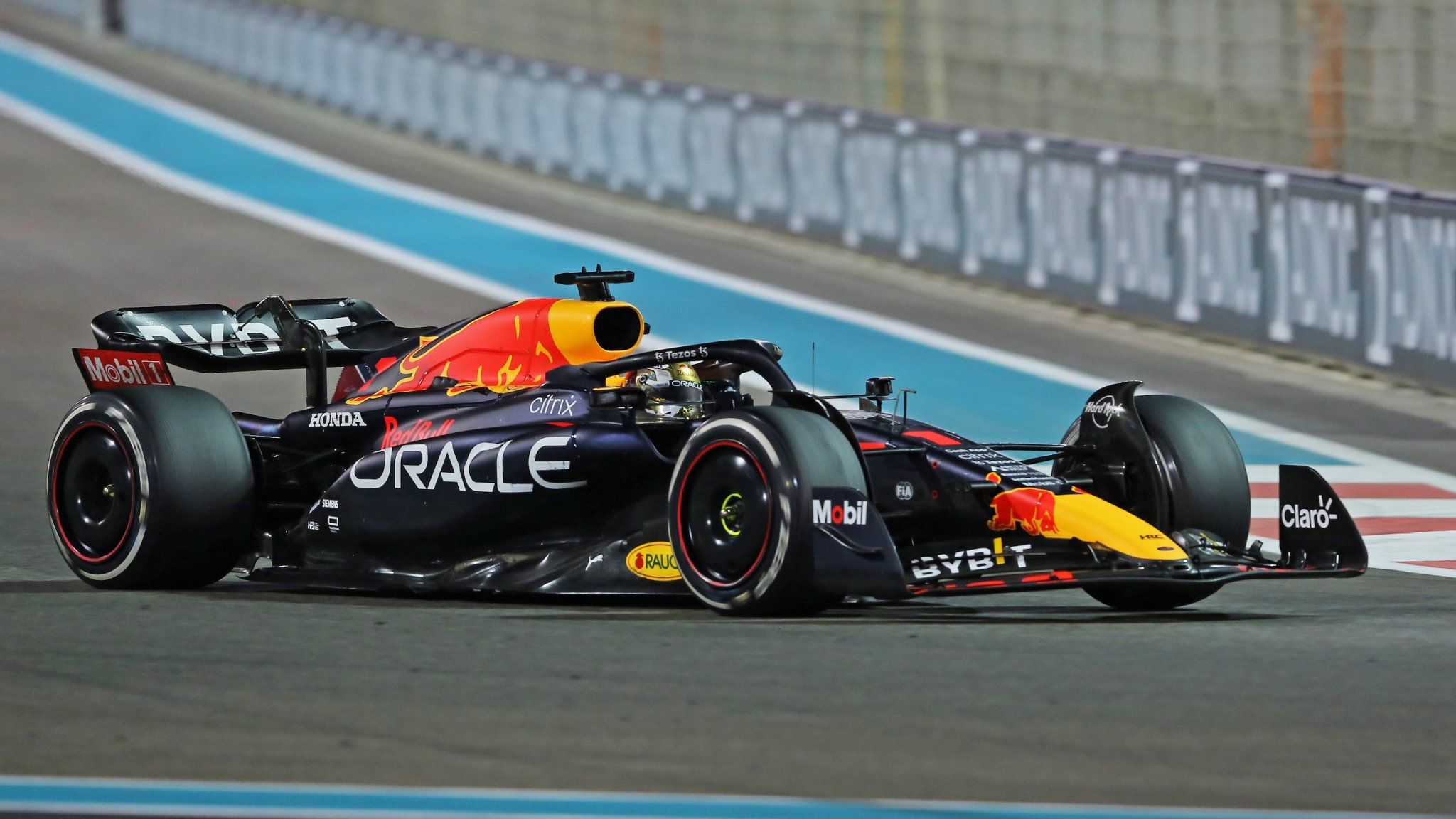

Formula 1 is always looking for ways to level the playing field, and its eyes today are on the next generation of F1 cars, coming in 2026 or so. One of the ways F1 is considering making its racing fairer is with active aerodynamics, which F1’s managing director of motorsport Ross Brawn says could also be used to prevent snoozes of races by slowing down leading cars.
Speaking to Autosport, Brawn revealed that F1 leadership is brainstorming the value of active aero for next-gen cars. Active aero stands to increase car performance by reducing drag on straights, increasing it under braking, and maximizing downforce during cornering. It already exists in F1 as the Drag Reduction System (commonly known as DRS), which was formally integrated in 2011 to make passing easier. Now, F1 is reportedly considering increasing active aero’s role in car performance, as it could help F1 achieve everything from sustainability goals to improving on-track spectacle.

Initially floated as a way to increase fuel efficiency, active aero is now also being considered as a way to enhance F1’s entertainment value. To this end, Brawn said F1 is considering using active aero to hamper car performance for the race leader to prevent them from running away with the win.
“If you have active aerodynamics, then of course you could affect the car in front,” Brawn told Autosport. “You could have a proximity [that] once you get within a certain degree, the car in front loses a little bit of downforce and you gain a little bit of downforce.”
“I’m not saying we would do that, but it becomes an opportunity,” Brawn continued. “So, the 2026 car is lessons learned from what we have now and I think we’ll incorporate some form of active aerodynamics.”
Brawn said that the FIA is ready to fully evaluate the idea, with the help of veteran F1 aerodynamicist Jason Somerville. Brawn believes that it’s better for the FIA to review the idea due to its objectivity, though he adds that the implications of active aero must be fully explored before its role can be expanded—especially when it comes to handicapping leading cars.

One problem this immediately presents is its impact on race strategy. While a second-placed driver could use their pace advantage to challenge for the lead, they could also simply keep pace with the leader while conserving fuel and tires. That’d let them make a low-risk move for the lead late in the race when their rival would have less ability to defend. Regardless of whether F1 uses active aero to selectively meddle with cars’ pace, the technology may also stand to increase the cost of car development, which is already strictly limited under the new budget cap.
These only scratch the surface of potential problems with active aero, which the FIA will have to determine in full on its own. It’s eminently risky for F1 to increase the role of active aero for entertainment’s sake, though efficiency and performance gains make their own argument for its expansion. That said, F1 stands to benefit from juicing its entertainment value, even if it comes at the expense of fair competition. At the end of the day, F1 is a business, and it’ll follow the money wherever it leads.
Got a tip or question for the author? You can reach them here: james@thedrive.com